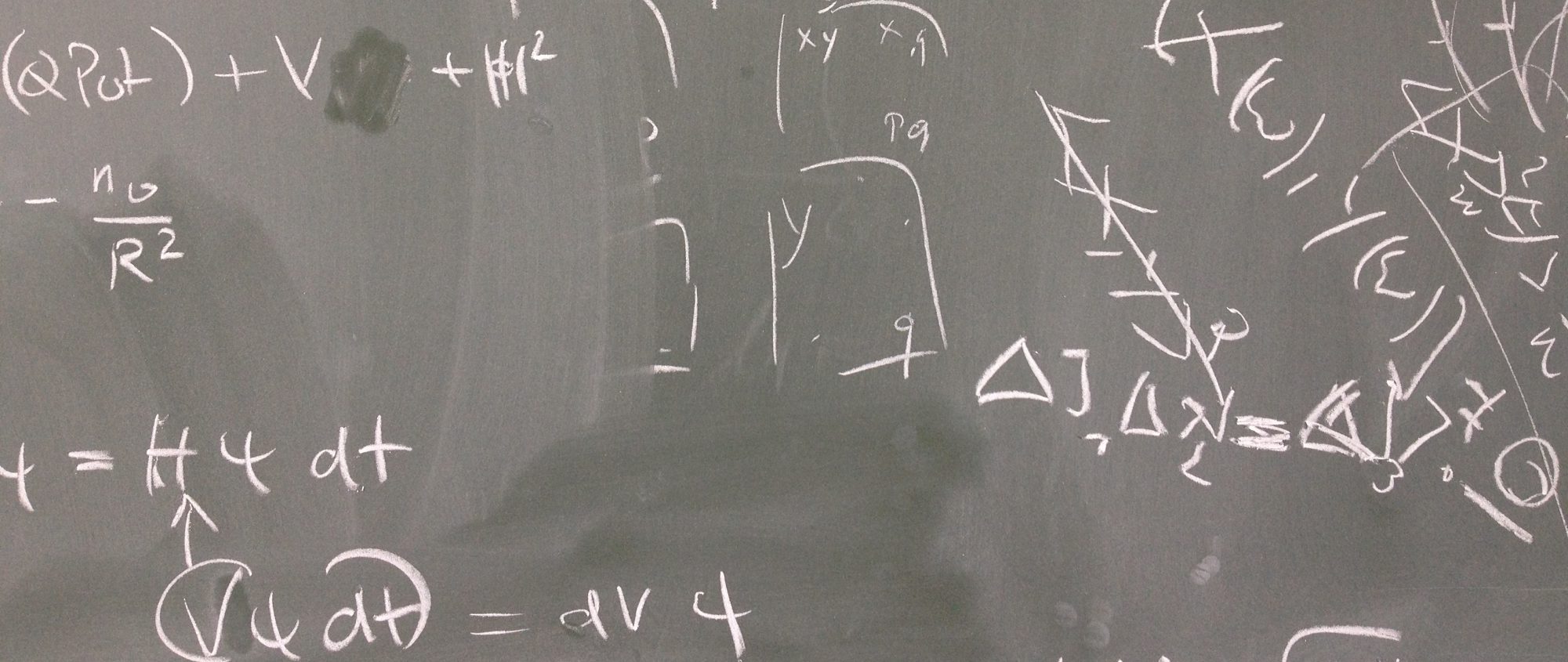A question raised by Narges T. S.
We were sitting together during a conference evening, and Narges raised the question:
“How can we prove that we do not know something?”
No, the point was not to prepare for a police interview. – I do not remember what quick answers came up in that restaurant, but two weeks later, I had an idea about a possible quantum context where this may be possible. This is what I wrote to Narges:
Dear Narges,
… I had the impression that experimental settings where Bell inequalities are violated, can be used to “prove” that “we do not know something”. The challenge is to formulate precise “what we do not know”.
You probably know the typical setting where one deals with an entangled state of two particles, say
where means “spin up” (or right-handed polarisation) and
“spin down” (left-handed). The two entries
in the first ket describe the state of the first and the second particle – we may them picture spatially separated in two laboratories (“Alice and Bob”).

When Alice and Bob have made a series of experimental checks and are sure that their source and detectors work reliably (I spare you these details, although they are interesting in themselves), they “know” the state of the two-particle system.
What Alice does not know is in which state “her” particle is (either or
, from the first or second term), and therefore when she does a spin measurement, she does not know what result she will get. This is perhaps not surprising since we are accustomed with random outcomes of single-photon counters.
The funny feature (where I have the feeling that one can “prove” this “non-knowledge”) is that by using different measurement tricks (technically: checking that a Bell inequality is violated), one can prove that the measurement data of Alice and Bob cannot be described by “local hidden variables”. I have the impression that this “local hidden variable” statement can be re-formulated in the sense of your question.
In a local hidden variable context, one imagines that the particles are in definite states with “sufficient information” to produce measurement results even in settings (imagine the angle of a polariser) that the particles do not “know” beforehand. (And the experimentalists even try hard to make these choices after the particles are emitted, this is implicit in the word “local”.) Broadly speaking, one may say, in a “local hidden variable” description, somebody (perhaps some great world demon) knows the “real state” of the two particles. (The word “real” means: physical properties with definite values rather than some non-intuitive superpositions.) So in principle, also other people may get this knowledge. (That’s the job of “spies” or “eavesdroppers”, typically called Eve, who try to intercept the particles sent to Alice or Bob.)
The key point is now: if Alice and Bob manage to operate their setup in such a way that the Bell inequality is violated, then Bell’s theorem shows: this result cannot be understood / reproduced by any “local hidden variable” model / theory / knowledge. I have the impression that this statement is similar to what you ask for: checking for entanglement by a Bell inequality is equivalent / closely related to a proof that nobody (not Eve nor the world demon) had knowledge about the “real state” of either Alice’s or Bob’s particles.
Of course, you see that this is closely tied to a very special definition of “knowledge” (and about physical reality).
Best regards and sorry for writing so long,
Carsten H.

